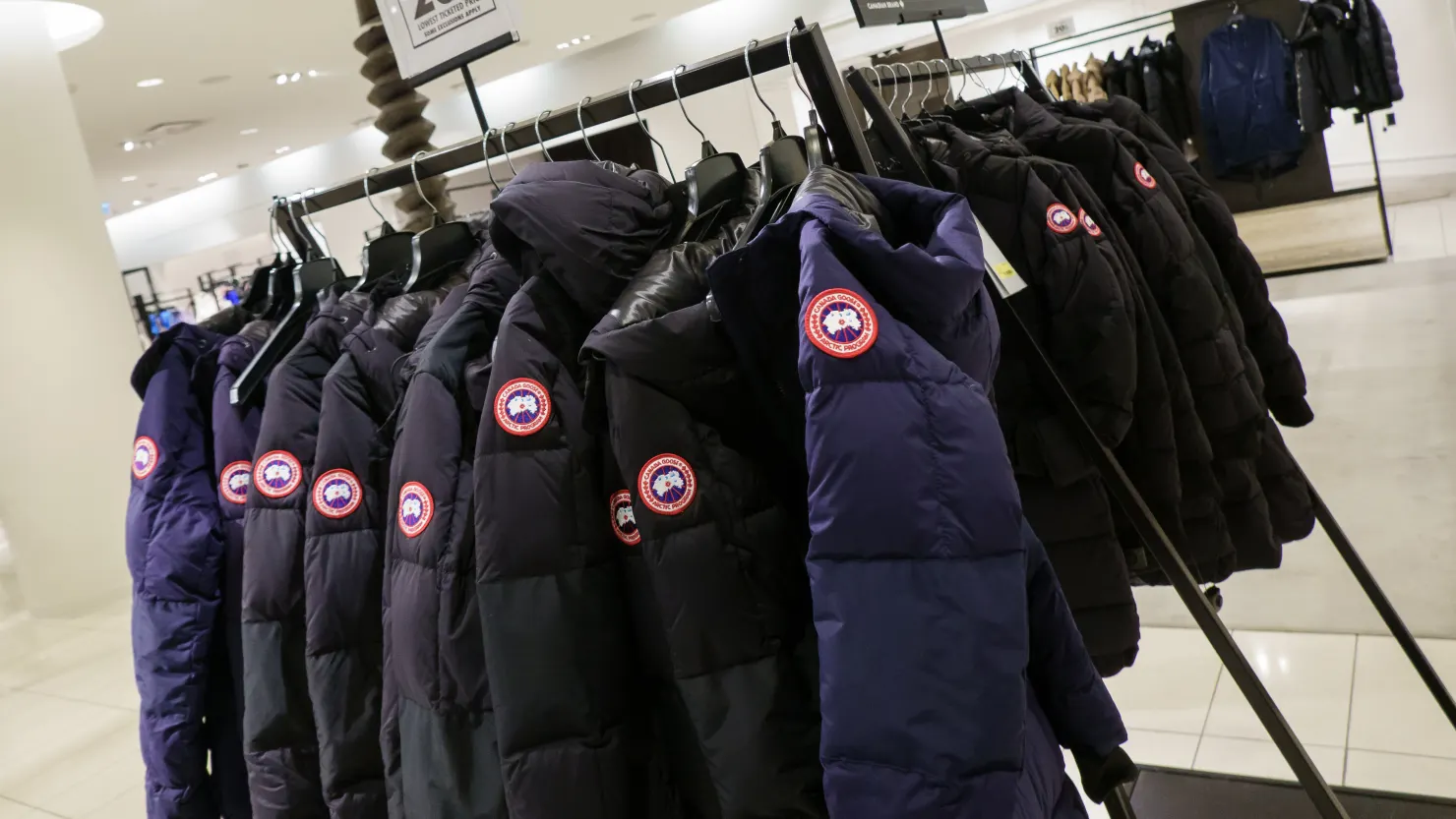Canada Goose saw its shares rise nearly 20% following the release of fiscal fourth-quarter earnings that surpassed analysts’ expectations, although the company withdrew its fiscal 2026 outlook due to ongoing macroeconomic uncertainty. The stock surged as much as 28% during early trading before settling slightly lower. The luxury outerwear brand cited unpredictable global trade dynamics and shifting consumer spending patterns as reasons for not providing a financial forecast for the upcoming fiscal year.
Despite this, Canada Goose expressed confidence in the strength of its brand, solid financial position, and its ability to adapt amid changing conditions. For the fiscal fourth quarter, the company reported adjusted earnings per share of 33 Canadian cents, beating the 23 Canadian cents analysts had anticipated. Revenue reached CA$384.6 million (approximately $277.1 million), exceeding the expected CA$356.4 million.
On an investor call, Chief Operating Officer Beth Clymer highlighted that 75% of Canada Goose’s products are manufactured in Canada and that nearly all are compliant with the United States-Mexico-Canada Agreement (USMCA), making them exempt from tariffs imposed under previous U.S. policies. The remaining production, mainly sourced from Europe, faces tariff increases, but Clymer noted these would have minimal financial impact.
CEO Dani Reiss reinforced this view, stating that the vast majority of Canada Goose’s product lines are currently unaffected by tariffs. He also pointed out that the company has successfully navigated periods of uncertainty in the past, such as the 2008 financial crisis and the COVID-19 pandemic, emerging stronger each time.
Chief Financial Officer Neil Bowden explained that while tariffs are not a direct material factor in the company’s fiscal 2026 financial plans, the broader economic and geopolitical uncertainty they create is a concern. This is especially significant as the company approaches its peak revenue periods later in the year.
Canada Goose’s revenue increased by 7.4% compared to the same quarter last year. Net income attributable to shareholders for the quarter ending March 30 rose sharply to CA$27.1 million, or 28 Canadian cents per diluted share, from CA$5 million, or 5 Canadian cents per share, in the prior year. The company’s adjusted earnings per share excluded one-time expenses related to office transitions, joint ventures, and other investments.
Despite the positive earnings surprise, Canada Goose’s shares have declined nearly 14% year-to-date and hit an all-time low last month following a downgrade and price target cut by Barclays analysts. The luxury sector overall has faced challenges recently, with major players such as LVMH, Burberry, and Kering reporting slower sales growth during the quarter.
Known primarily for its high-end parkas and puffer jackets that can retail for over $1,000, Canada Goose has been working to broaden its product range beyond winter wear. The company has expanded into nonwinter categories, offering rain jackets and warm-weather apparel to build year-round relevance.
A notable milestone was the launch of its eyewear collection in the fourth quarter, the brand’s first online product debut. This launch incorporated artificial intelligence-powered virtual try-on technology, representing a strategic effort to innovate and diversify its product offerings. Canada Goose views this move as part of its broader journey to strengthen the brand’s appeal across multiple product categories and seasons.
READ MORE:
